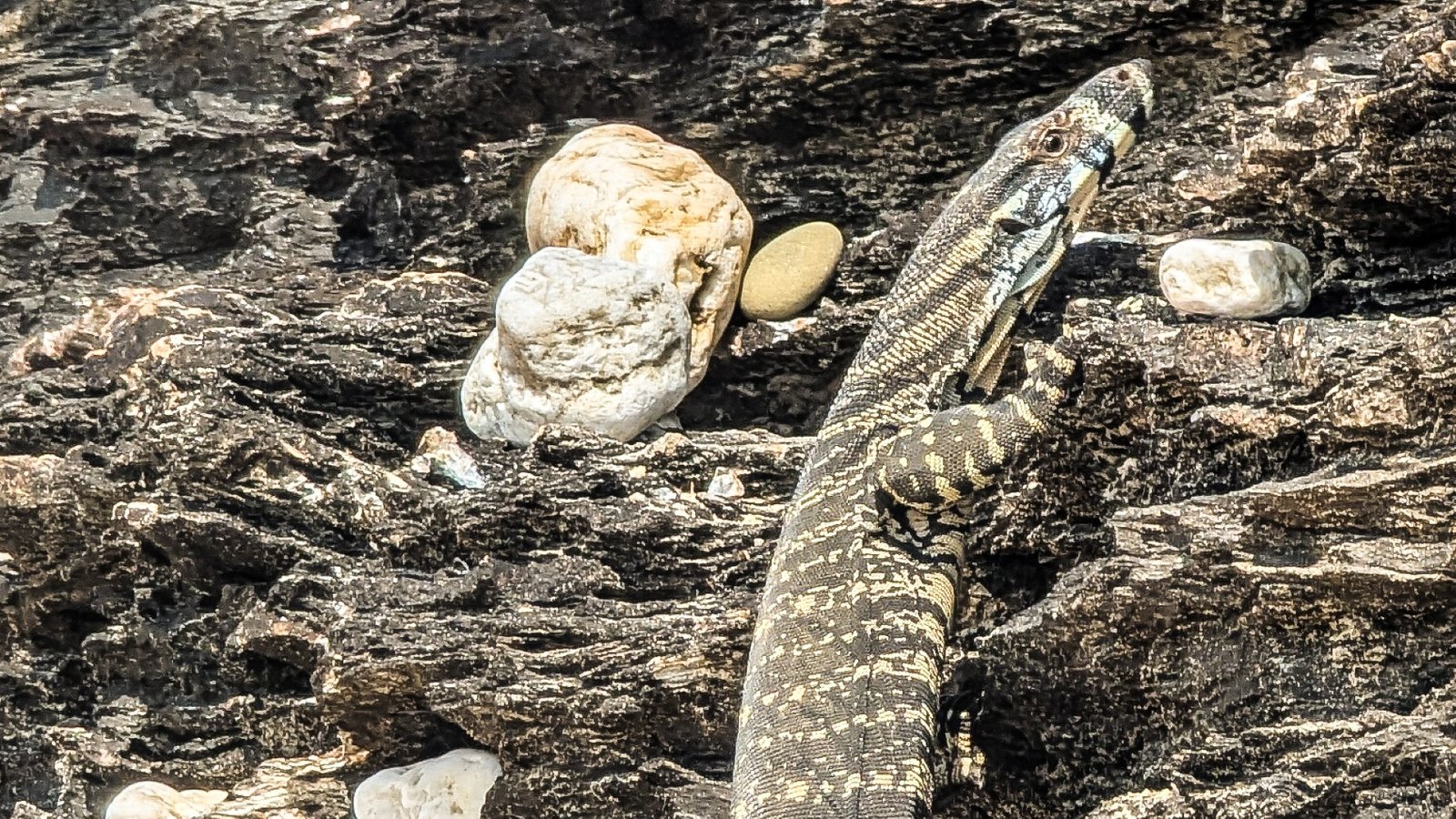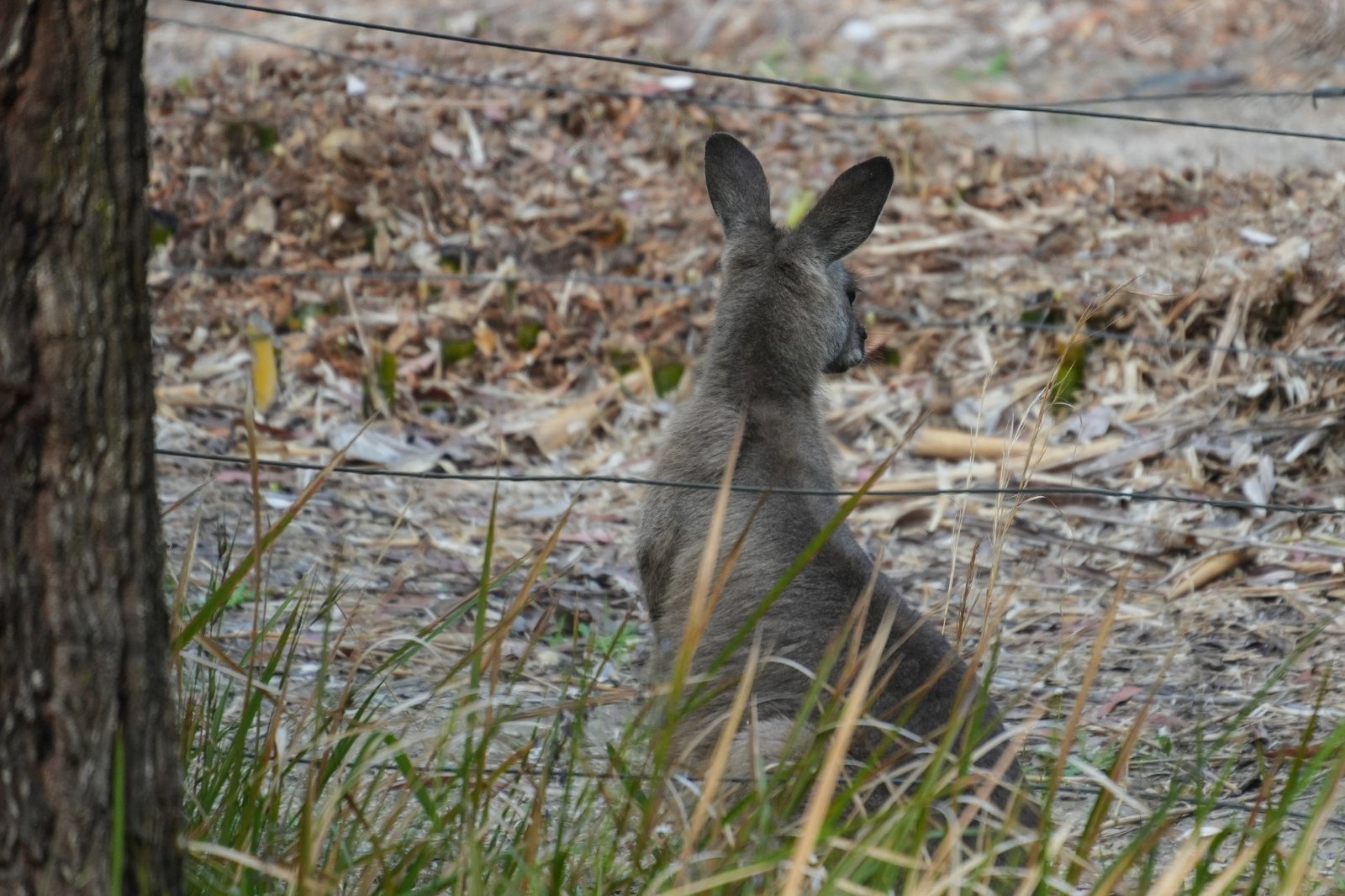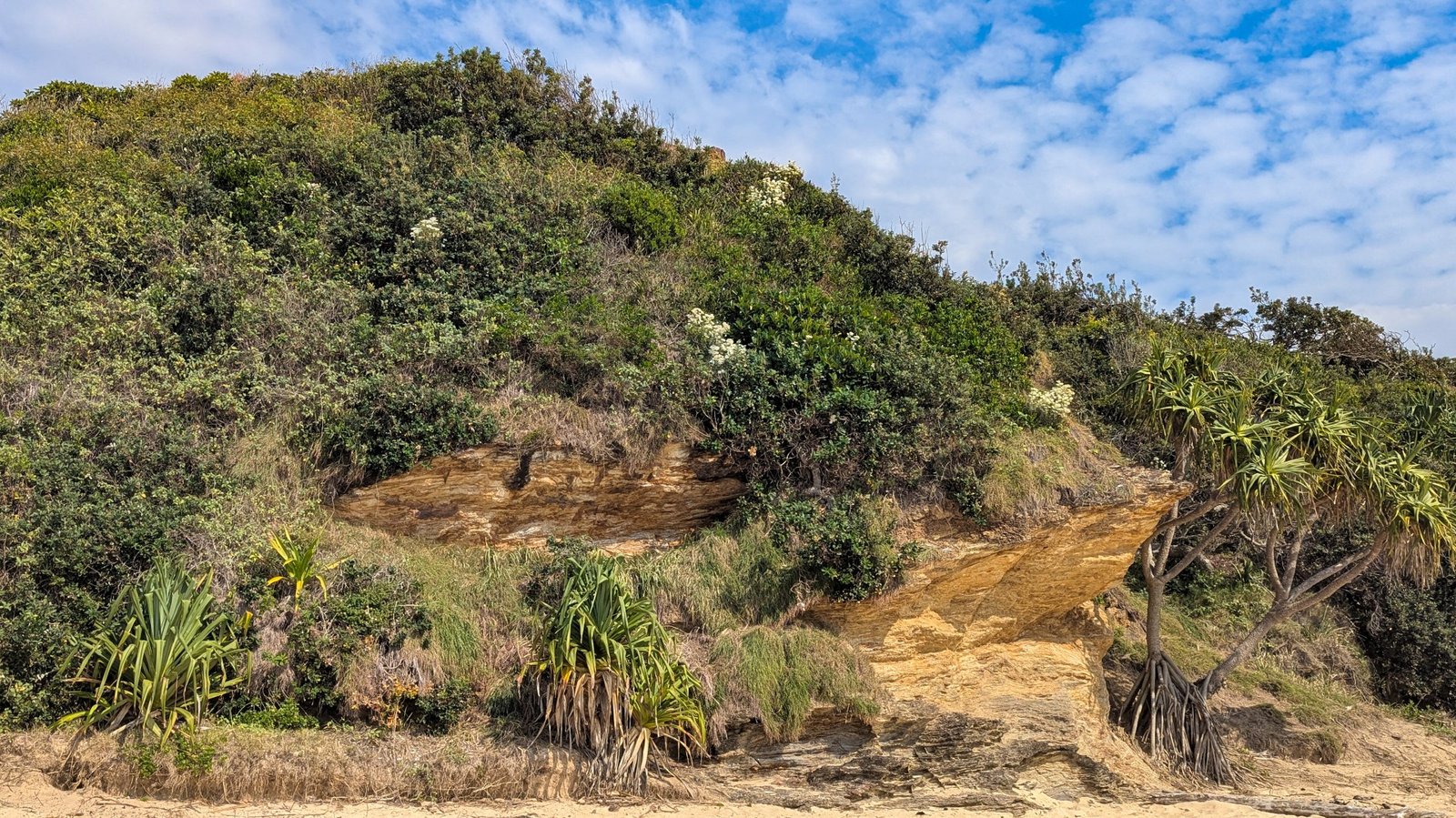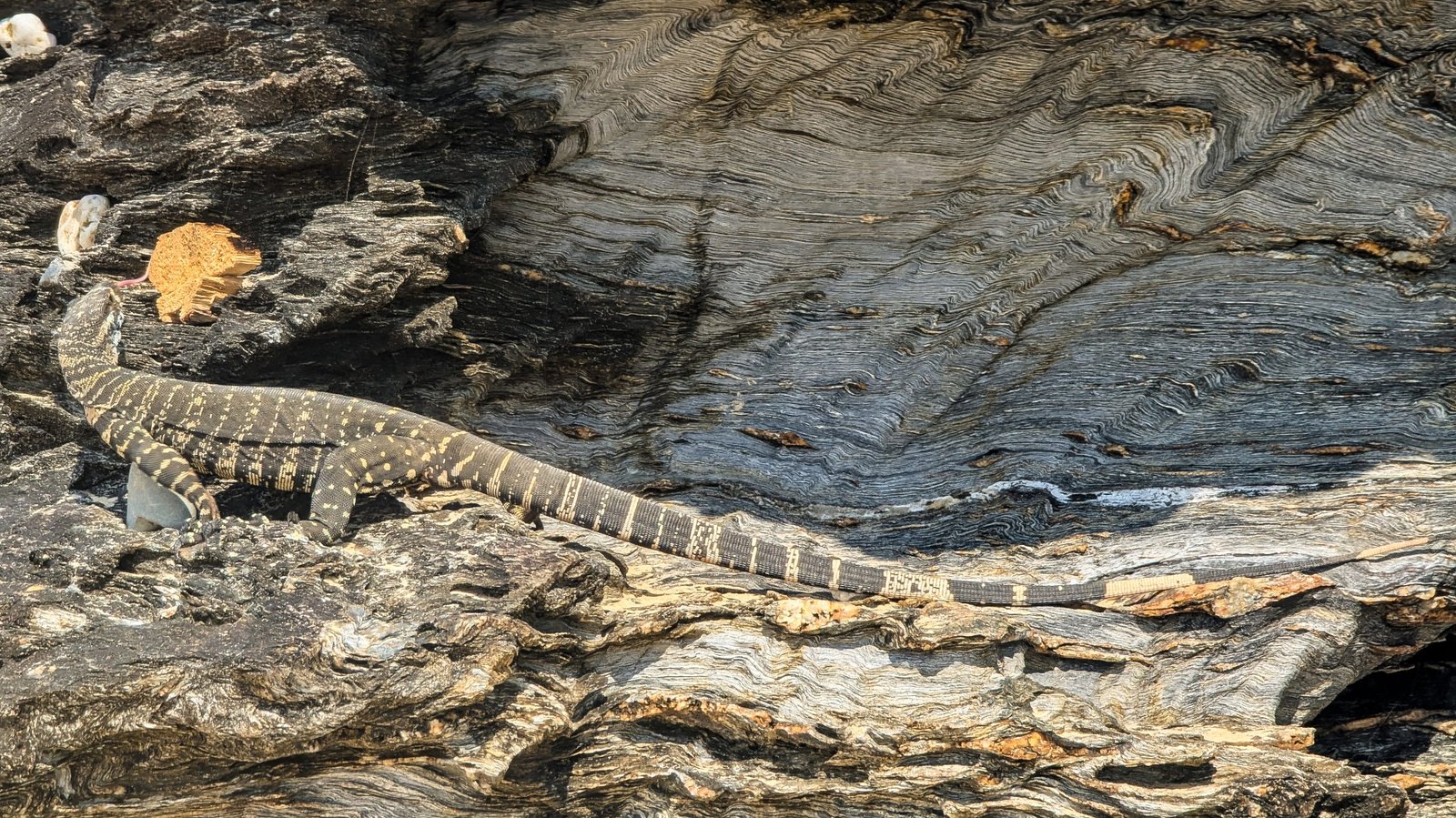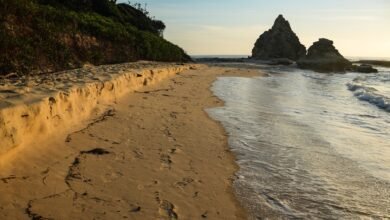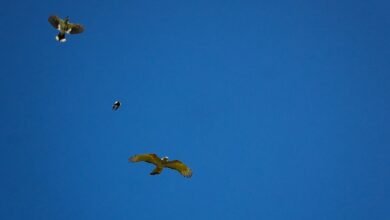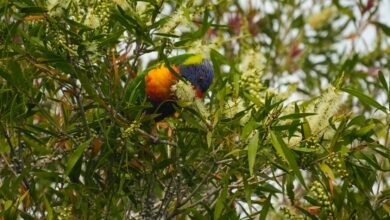We leave the house with Black Cockatoos grinding in the trees and a young male roo ignoring us.
A taste of my ‘Poet’s stroll’ at Valla Beach, part of FEA’s weekend celebration of ‘Art and Nature’.
Where I explore the ecology of rivers, shores and seas in ninety minutes. It starts well, with a whale and calf breaching just off the beach. I didn’t have my camera, unfortunately. It would have been a distraction.
We walked down to the river, I paid my respects to Gumbaynggirr elders and the Country itself, Capital C. I explained my name change, back to its Gumbaynggirr title, ‘Miilba’. She starts west of Nambucca, near Bellwood and Boggy Creek. Her tidal waters extend to the Sullivans Road bridge at Valla. Paddling up and under the highway you pass cows in the water and her margins denuded of riparian vegetation, crucial for limiting erosion, and important habitat for wildlife.
Miilba is alive. The Whanganui River was granted legal personhood in 2017, through the Te Awa Tupua Act, giving it all the rights, duties and liabilities of a legal person in New Zealand. Earlier this year, Mari Murayari, an Indigenous river campaigner from Peru won a legal battle to protect the Marañon River in the Peruvian Amazon. Judges ruled Marañon had the right to be free-flowing and clean, respecting an Indigenous worldview that regards rivers as living entitities. [i]
Millba changes all the time. She runs up and down this piece of coast, sometimes forms lagoons, sometimes grows two mouths, and is occasionally dammed by the beach.

Miilba can flash Bream, Flathead, Luderick, occasional Pipefish and Mudcrabs, with Mangrove Jacks and Bass upstream. There are plenty of Stingrays. They create the round depressions in the riverbed when they forage for food. This helps oxygen input and nutrient cycling, as well helping other creatures forage.
The beach is huge part of Australian identity via leisure, and is seen as blank space not a dynamic environment of shifting habitats. I remind the group we are standing on tardigrades, amphipods (sand hoppers), nematode worms (from tiny to bait worms), colonies of algae between the grains of sand – as well as colonies of bacteria and swashes of phytoplankton and zooplankton. Amphipods are ecologically significant as detritus feeders, easy prey for fish (with no shell), and indicators of sediment health. The millions of microscopic nematode species also play a crucial role in recycling nutrients. Then there are crustaceans like crabs, and molluscs.
On the sand spit opposite, dainty Red-capped Plovers and Sooty and Pied Oystercatchers nest, and Little Terns have in the past. These beach-nesting birds are under threat from disturbance by dogs, foxes, beachgoers and 4W Drives.
We see Bar-tailed Godwits here – one has set a new world record! Flew non-stop from Alaska to Aukland in 11 days, over 12,000km. They arrive exhausted, in no state to be chased by dogs.
The magnificent Eastern Curlew occurs here too. The largest migratory shorebird in the world. The global population of has crashed by 80% in the past 30 years. The bird breeds in Siberia, but spends more than half the year in Australia, arriving in September feeding, recuperating before returning to breed in April.
Poem, Eastern Curlew
Late afternoon, returned to the estuary, an Eastern Curlew,
critically endangered, strides the interface magnificently
before flying to Siberia and roving wild beyond the paddock.
For the first time in history, we have no excuses, we know.
We know what we are doing around the world. We know
extinctions, ongoing land clearance, ongoing pollution.
We are aware, if we have any sense of responsibility, of how
our own actions are altering the environment, how our own
actions contribute to this crisis. We are not just passengers.
The amazing Rachel Carson is famous for Silent Spring, but she was a marine biologist. In ‘The Edge of the Sea’, she wrote: ‘The edge of the sea is a strange and beautiful place. For no two successive days is the shoreline precisely the same. Not only do the tides advance and retreat in their eternal rhythms, but the level of the sea itself is never at rest. It rises or falls as the glaciers melt or grow.’ This was written 70 years ago, now we know glaciers are not growing. She also wrote: ‘It is a curious situation that the sea, from which life first arose should now be threatened by the activities of one form of that life.’ Today, only one third of the world’s longest rivers remain free-flowing, most are depleted and severely polluted.
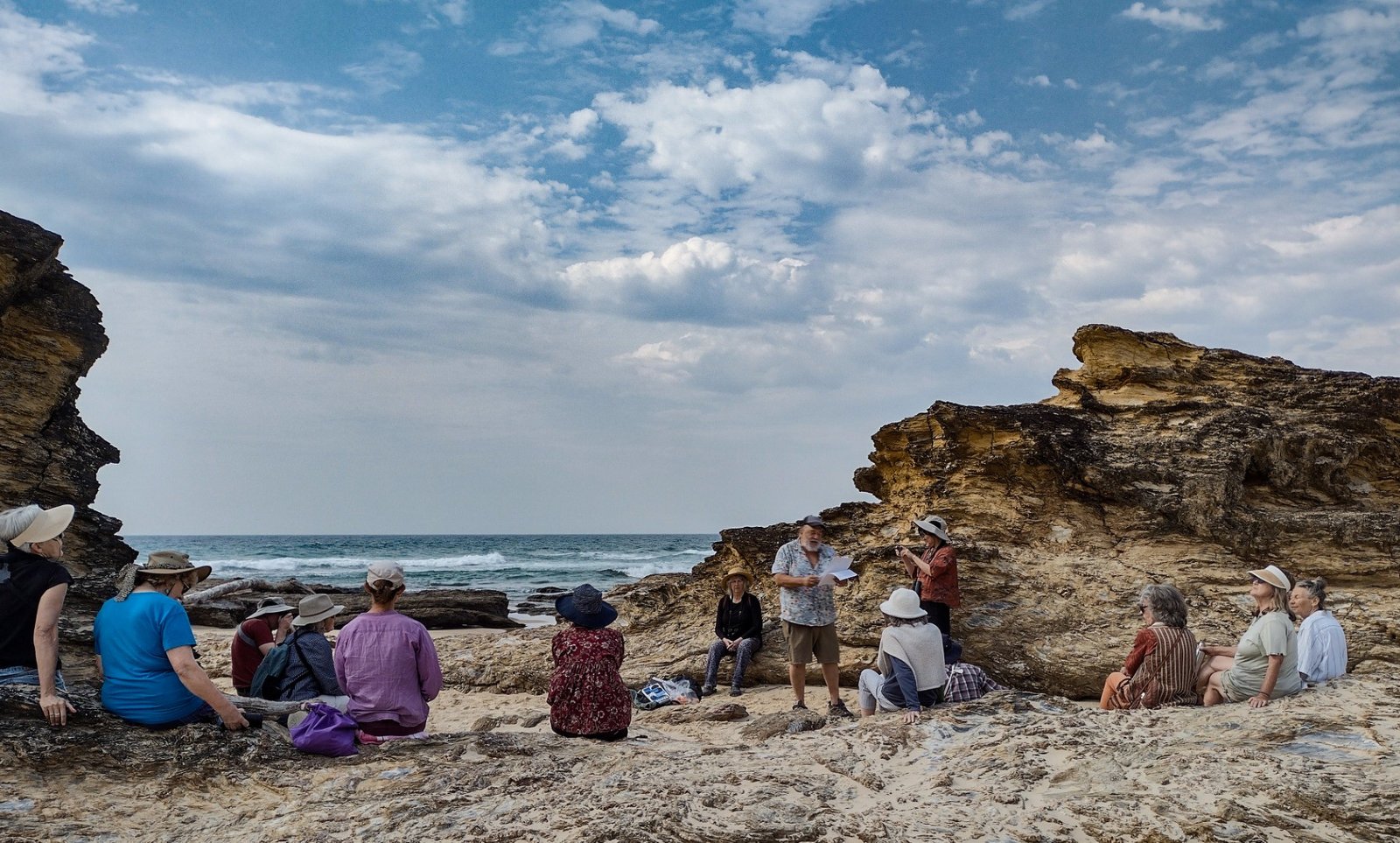
By Old Man’s Hat, I read my poems on climate change and conservation (from here and Lord Howe Island).
I then talk place, quoting Leopold and Goldsworthy.
Poem
Beauty accumulates – an osprey flies shadow
across a red ripe sky, the sinuous curves
of the river press light gently into the earth.
The sea cracks a whip of thunderous noise.
The first Crested Terns wheel overhead.
Life is brimming with the intelligence of breath
and initiative of volatile oxygen.
The estuary is concealing how it came to be
this beautiful and all the days that led to this one,
the atrocities, casual violence, lucky mistakes.
Origins of flow are rarely transparent.
I know this place, but so much lies hidden
from the maps, brochures and Google Earth –
the crab holes, lives of the Sugar Gliders,
the love life of White-bellied Sea Eagles
and the nomadic ways of honeyeaters.
The late Australian eco-feminist Val Plumwood wanted us to become ‘place sensitive’ – to resist rationalism through experiences and feelings. She realised, ‘The quest for a nature and place-sensitive society . . . challenges the existing order very deeply . . .’[ii] Place glues culture to nature, animate and inanimate.
We glimpse a python on the cliff blooming with Flannel Flowers.
We fnd a goanna inside the Women’s Cave which then emerges and heads up the cliff towards the snake. We should have waited, but then as we left the Swallows regained their cave.
A Sooty Oystercatcher flies in to the rocks beyond Old Man’s Hat – I tell the group I am in love with these birds.
The walk ends stepping among tiny ghost crabs and with my shirt sticking.
[i] In his seminal article, ‘Should Trees Have Standing’, from 1972, Christopher Stone proposed that, ‘we give legal rights to forests, oceans, rivers, and other so-called ‘natural objects’ in the environment – indeed to the natural environment as a whole.’ It was not taken very seriously at the time.
[ii] Val Plumwood, ‘Belonging, naming and decolonisation’, Ecopolitics: Thought and Action, vol 1, no 1, 2000, p98.
